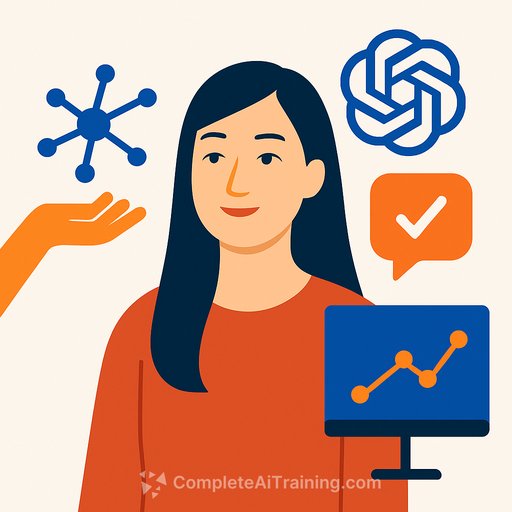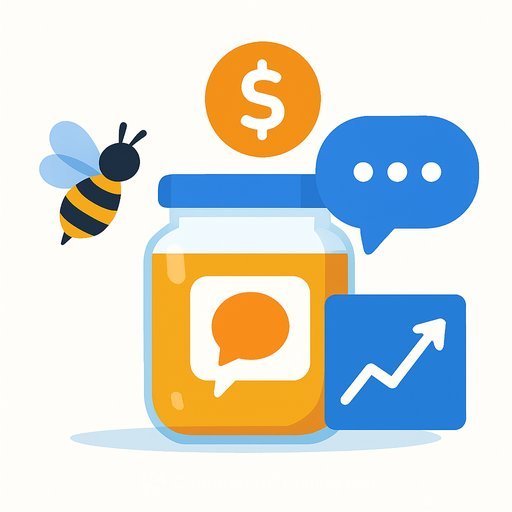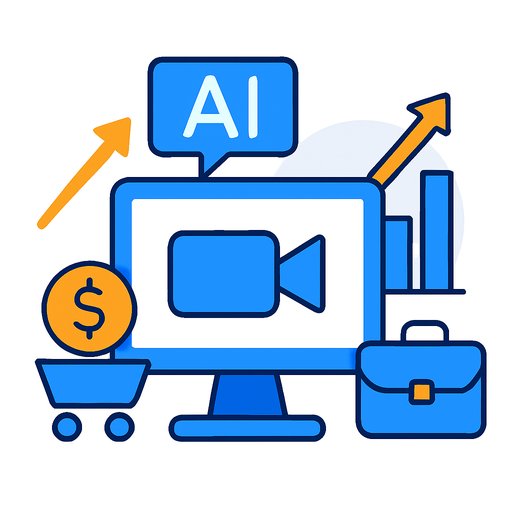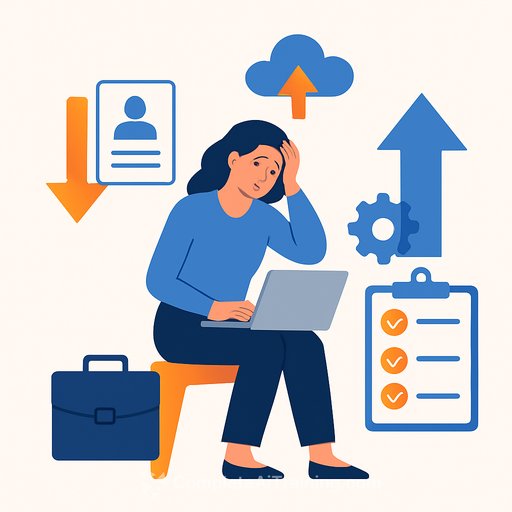OpenAI’s Hannah Wong: Bringing Clarity to AI Communication
This summer, OpenAI faced several challenges—from a lawsuit filed by The New York Times to high-profile staff poaching attempts by Meta and securing a $200 million contract with the U.S. Department of Defense. Steering communications through these moments is Hannah Wong, OpenAI’s chief communications officer. Since joining in 2021 and becoming CCO in August 2024, Wong has led the company’s efforts to educate its 700 million active users and to address public concerns about AI’s impact.
Wong’s approach is clear: focus on educating users about OpenAI’s products rather than relying on brand hype. “The industry is imagining what the future could be, not just what it is today,” she says. Her experience includes seven years at Apple and five years managing communications for Microsoft, Xbox, and Twitter at Edelman. At OpenAI, she expanded the communications team from eight to 50 professionals worldwide, guiding messaging around landmark launches like ChatGPT.
OpenAI’s communications strategy prioritizes transparency and education over buzz. The company’s Super Bowl ad, The Intelligence Age, exemplified this by highlighting historic inventions without dialogue, letting the message speak for itself. Wong emphasizes that products are how people connect with a brand. “The world didn’t wake up to AI until people could start touching it, feeling it and really understanding how it impacts them,” she explains.
Educating Through Owned Media and Podcasts
Wong champions owned media channels, including the company website and The OpenAI Podcast, launched in June 2024. Podcasts offer a unique opportunity to build trust by sharing deeper, unfiltered conversations. Episodes feature candid discussions with OpenAI leadership on topics ranging from AI’s future to its societal impact, hosted by AI developer Andrew Mayne.
With a user base spanning 400 million weekly active users (reported in February) and growing rapidly, accessible education is crucial. Wong's "top-down, bottom-up" communication strategy ensures broad outreach through media while empowering individual users and creators to share practical AI usage tips. Creators like Allie K. Miller, with 2 million followers, and Sebastien Jefferies, with 1.3 million, help demystify AI tools in everyday life.
This educational focus also addresses public apprehension. Studies show only a small percentage of U.S. adults are more excited than concerned about AI’s increasing role, and concerns have grown over recent years. “If someone is worried, we treat it seriously and we answer their questions,” Wong says, emphasizing the importance of honest, respectful communication even when there are no straightforward answers.
Maintaining Focus Amid Rapid Change
OpenAI’s pace of innovation is intense. Upcoming features include ChatGPT Agent (which interacts autonomously with websites), Study Mode for enhanced learning, Codex for coding tasks, and improved image generation capabilities. Partnerships with companies like Mattel and Oracle further embed AI into consumer products and infrastructure.
Despite these fast-moving developments, Wong stresses the importance of staying grounded in OpenAI’s mission. “If we get distracted by twists and turns, by crises and reactiveness, what’s urgent would always come above what’s important,” she says. The goal remains to demonstrate AI’s transformative benefits clearly and consistently.
Handling Crisis: The New York Times Lawsuit
One of Wong’s toughest challenges was managing communications during the ongoing lawsuit filed by The New York Times in December 2023. The case centers on allegations that OpenAI and Microsoft used NYT content without permission to train AI models. This lawsuit, alongside others involving prominent authors and newspapers, could influence the future of AI training practices.
OpenAI maintains that its use of copyrighted content falls under “fair use.” Meanwhile, the company has secured partnerships with several major publishers, including the Financial Times and The Wall Street Journal, to access content legally. However, The New York Times lawsuit remains active, with demands for extensive user data that conflict with OpenAI’s privacy commitments.
Wong responded swiftly by publishing a comprehensive Q&A article on OpenAI’s website to explain how the company protects user data and addresses privacy concerns. “We can’t always control the things that happen around us, but we can control how we respond,” she says. This proactive, transparent communication reflects Wong’s commitment to building trust through clarity.
Key Takeaways for PR and Communications Professionals
- Prioritize Education Over Hype: Focus on helping your audience understand your product’s real-world impact rather than pushing flashy campaigns.
- Own Your Narrative: Use owned media channels to maintain control over messaging, especially during crises.
- Be Transparent and Respectful: Address user concerns honestly, even when answers are complex or uncertain.
- Stay Mission-Focused: Don’t let urgent crises overshadow your organization’s long-term goals.
- Leverage Intimate Formats: Podcasts and long-form conversations can build trust and humanize your brand.
For PR professionals working with fast-moving tech companies or emerging technologies, Wong’s approach offers a practical blueprint: clear, educational messaging combined with openness and consistency creates trust and keeps the public informed.
To deepen your skills in AI communication and product-focused PR strategies, explore courses and resources at Complete AI Training.
Your membership also unlocks:






